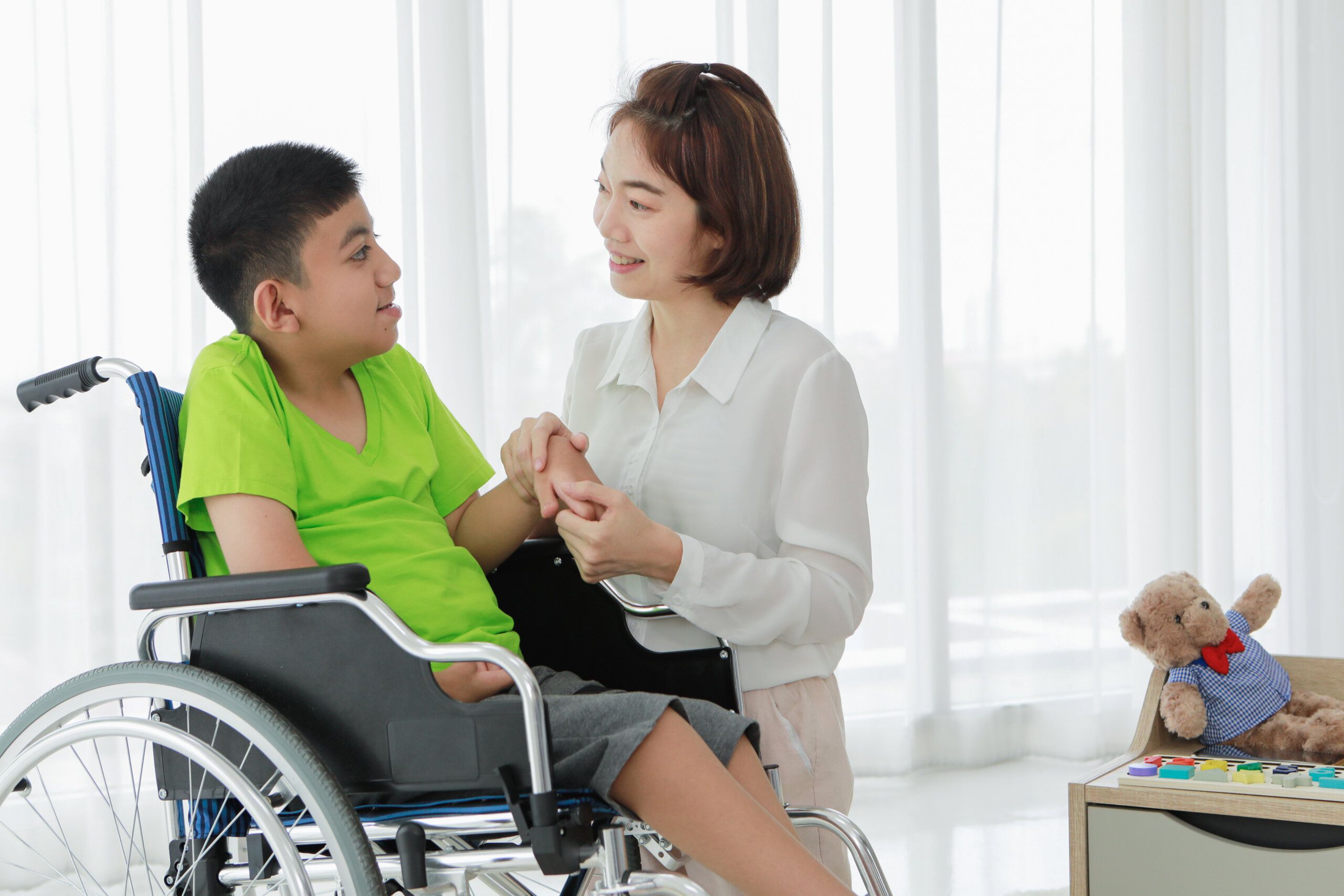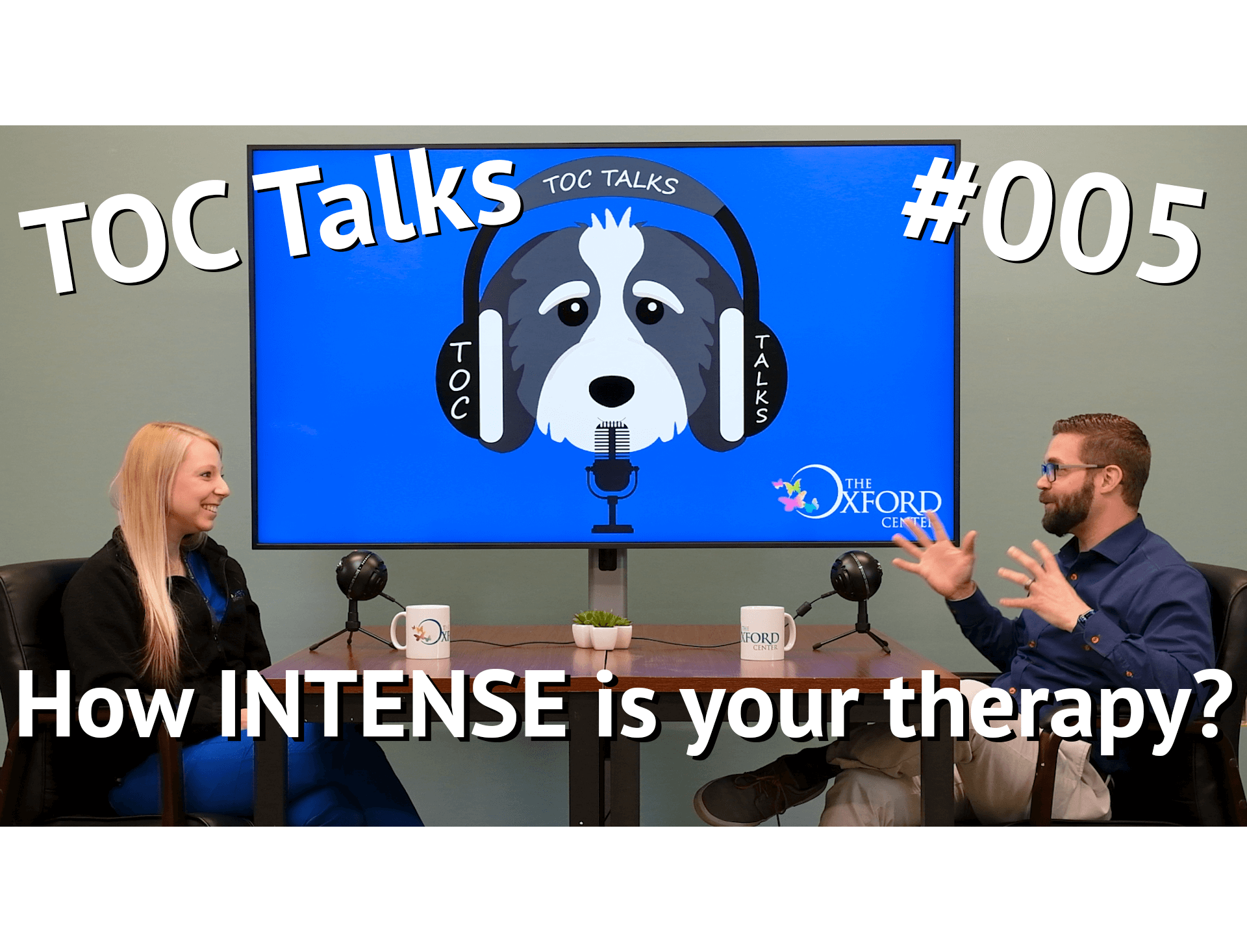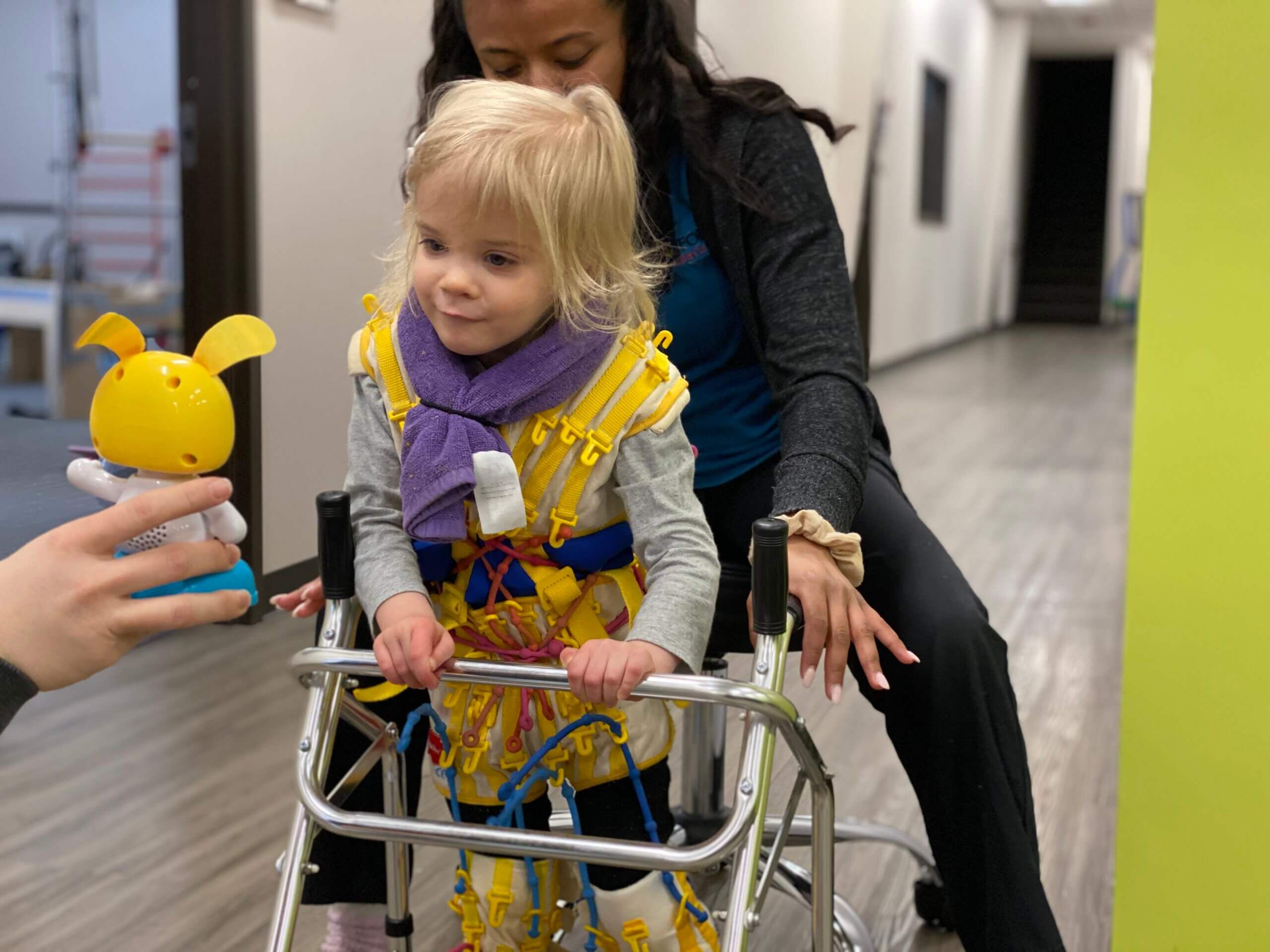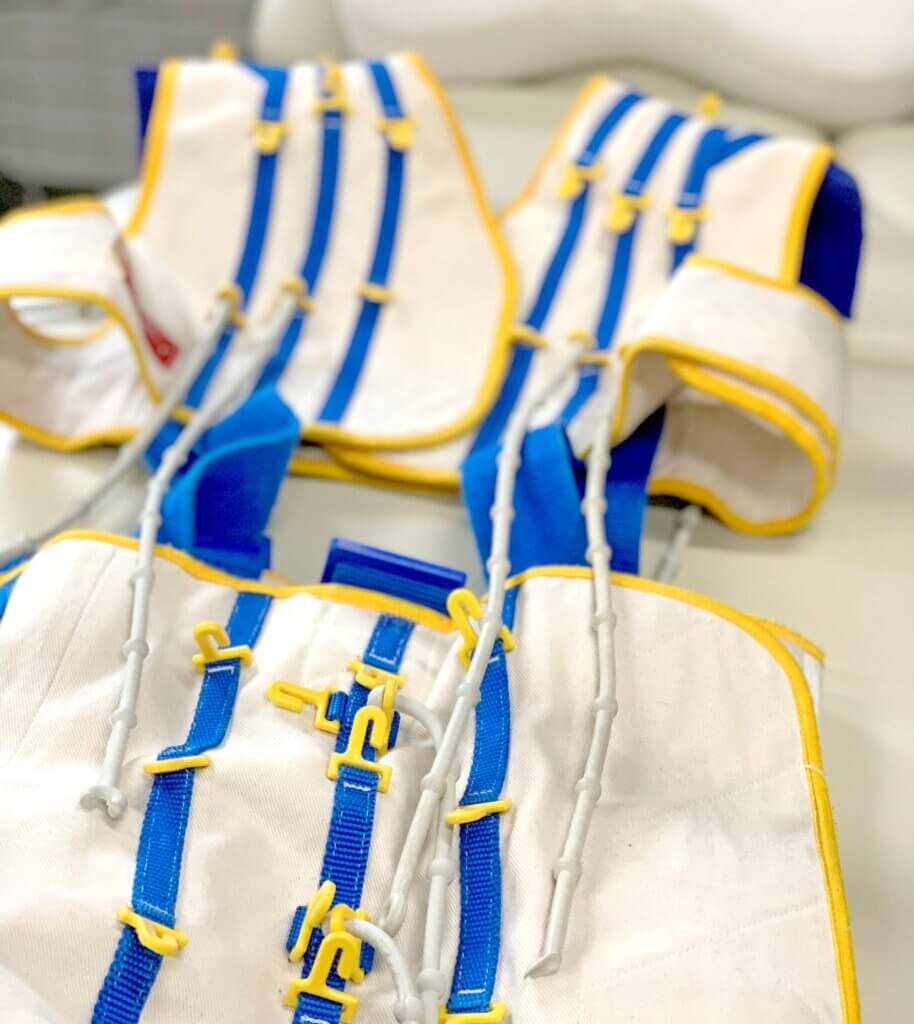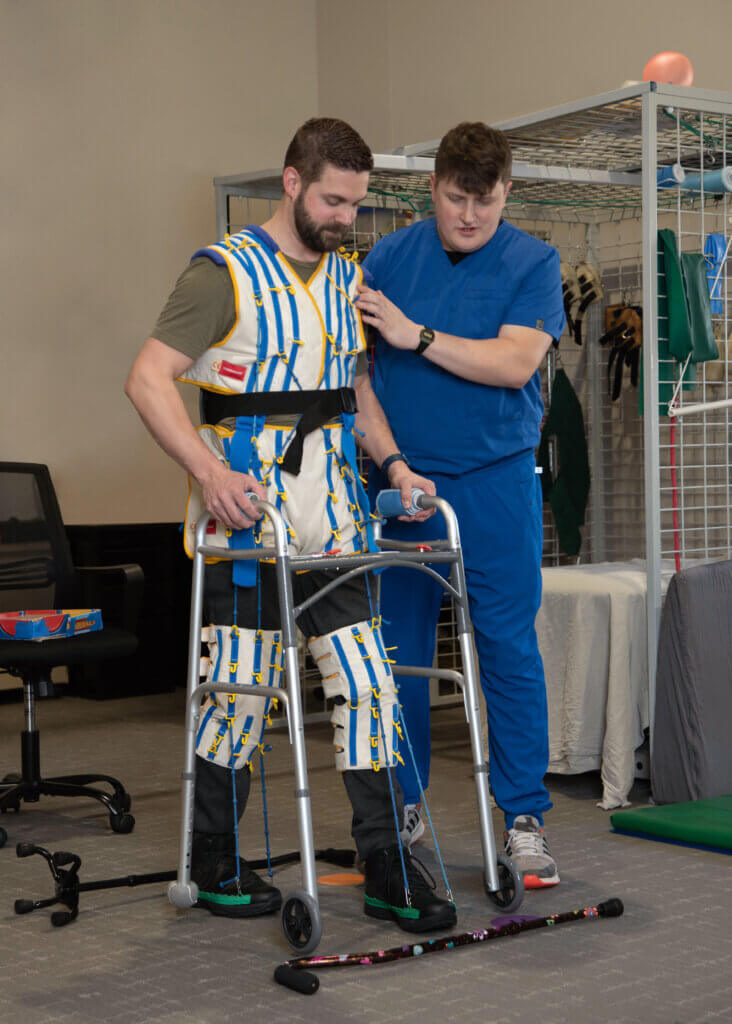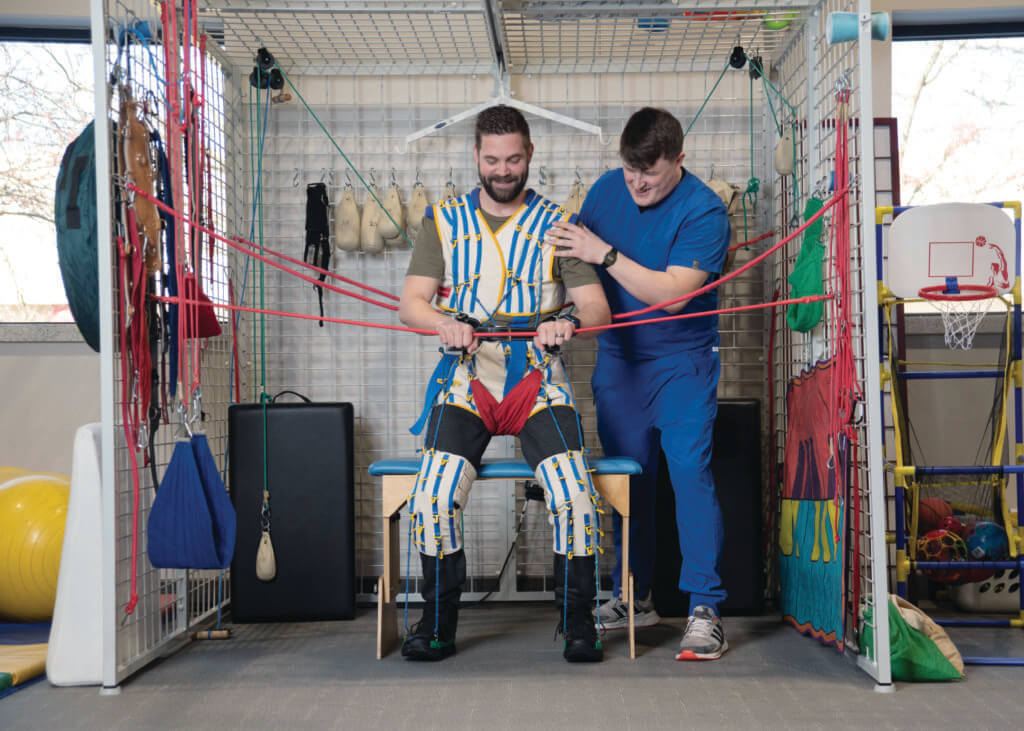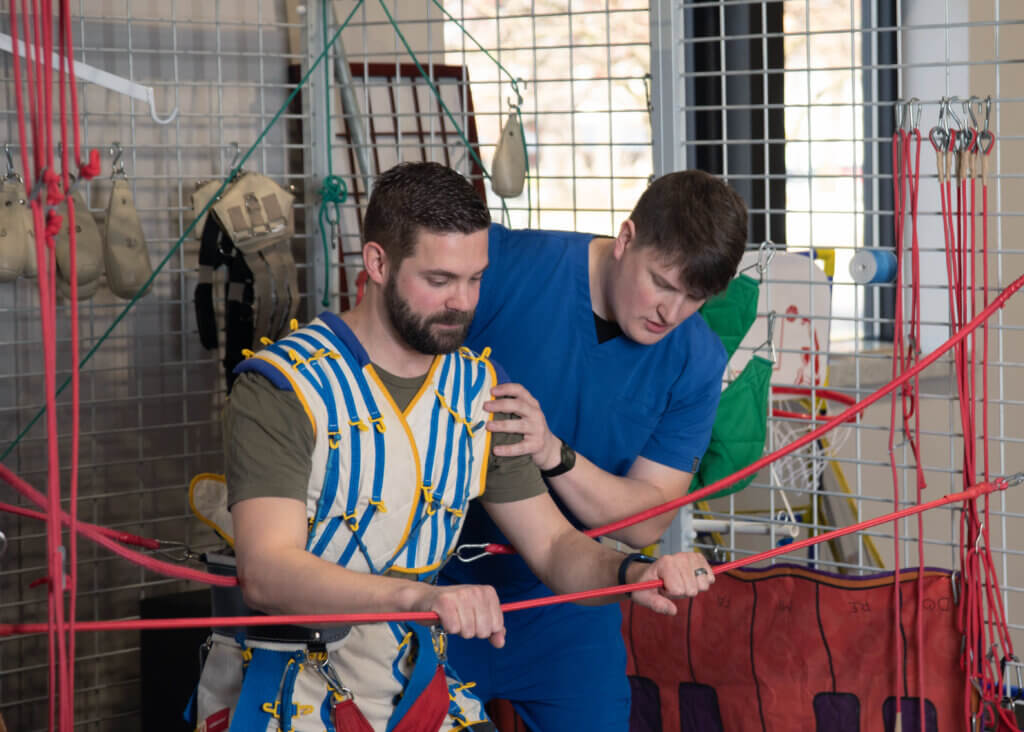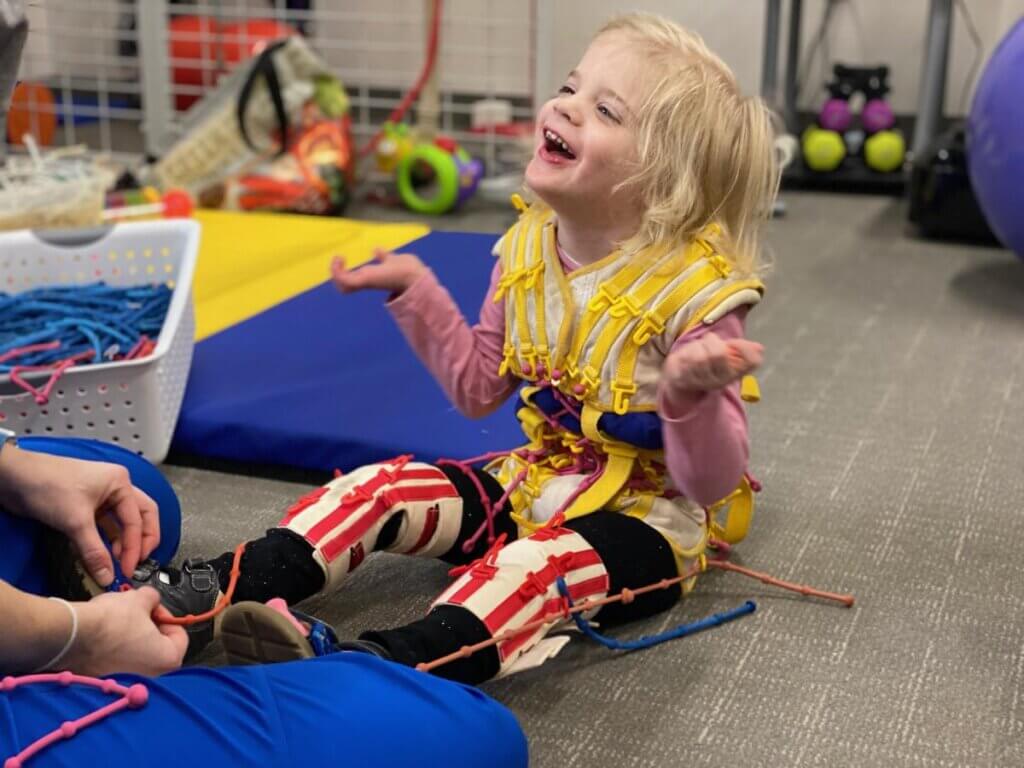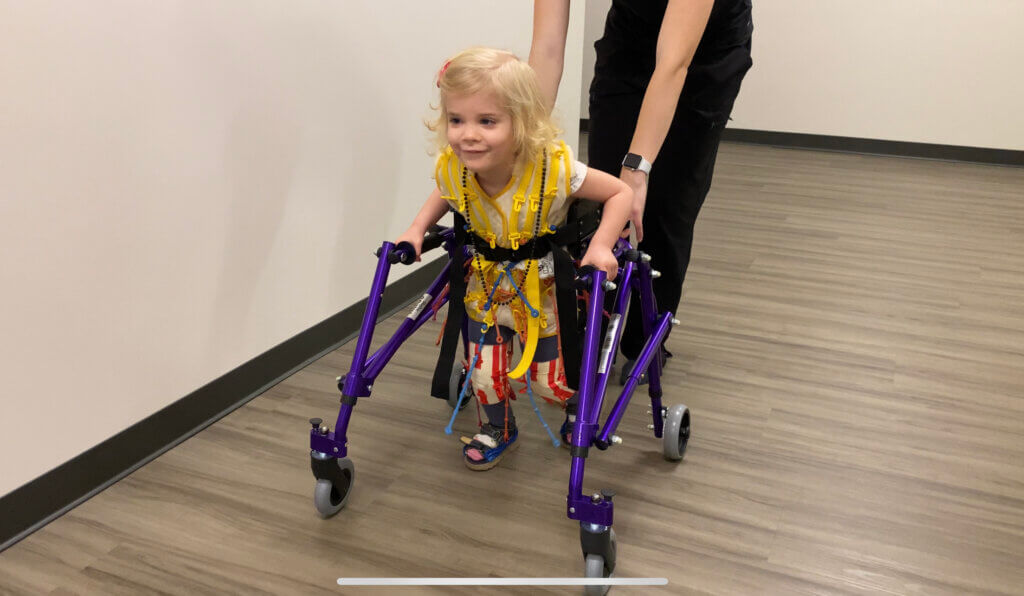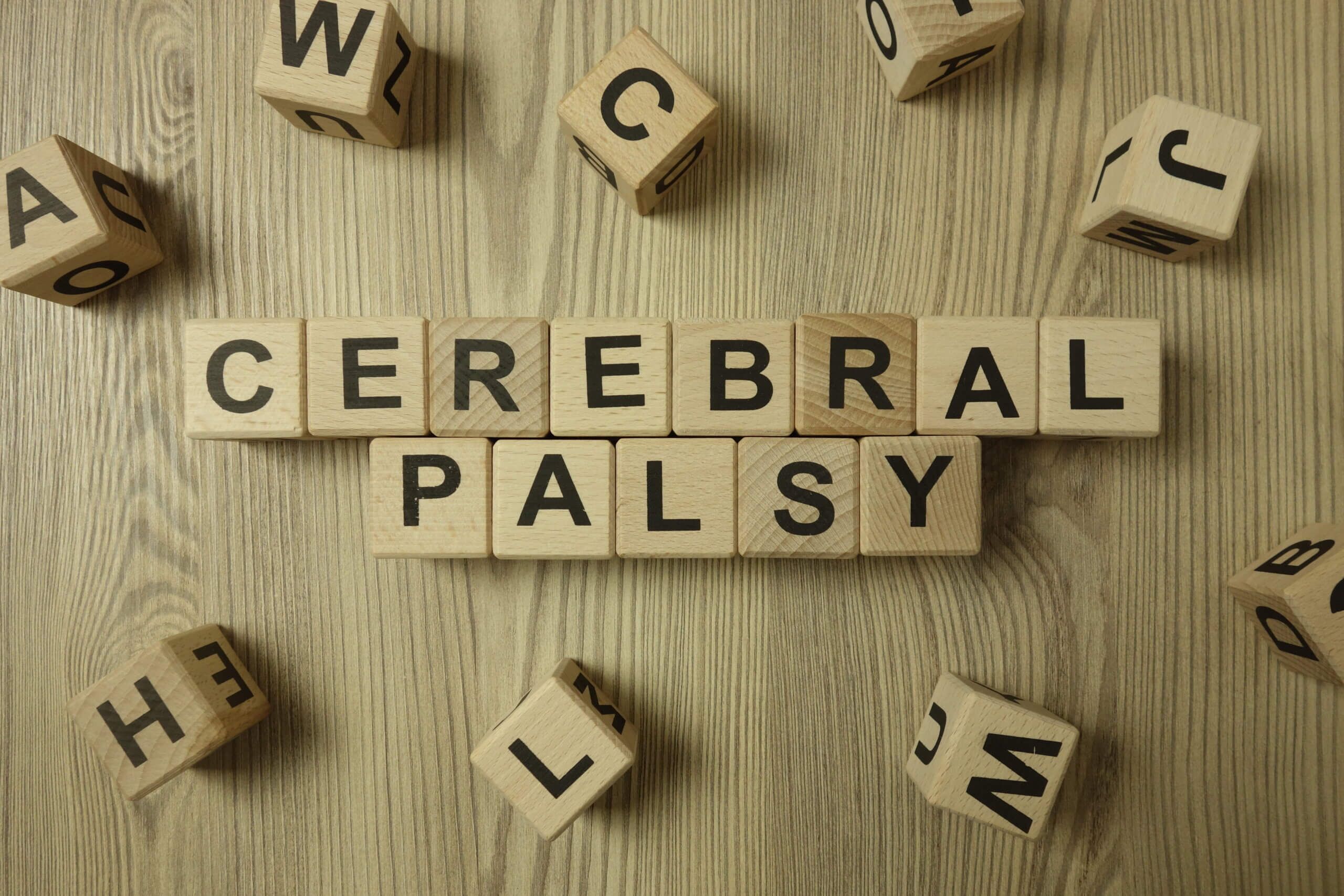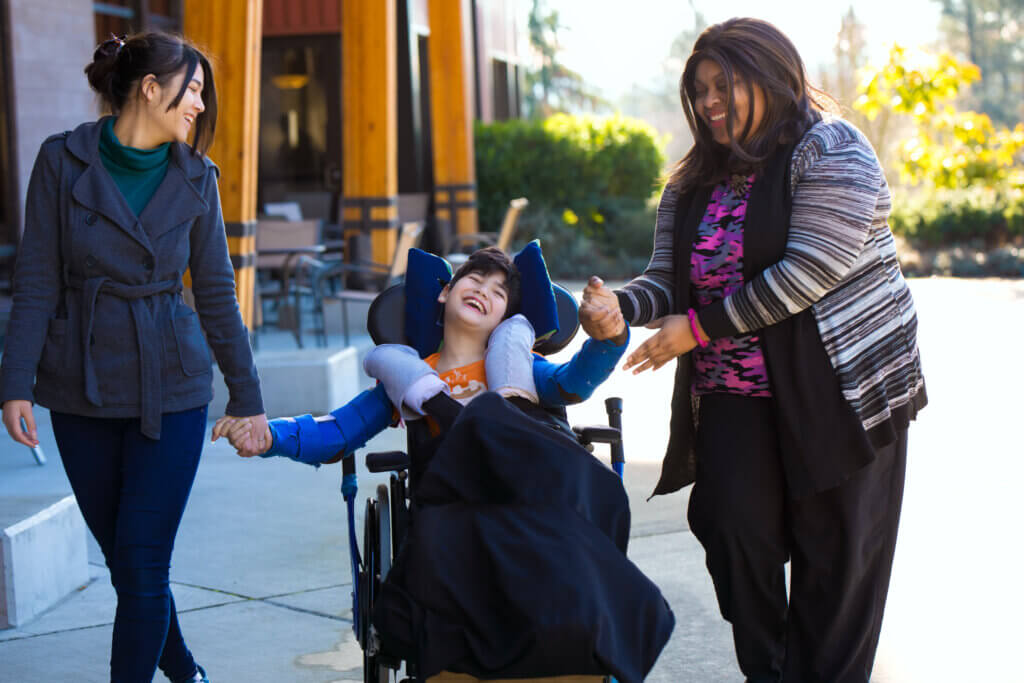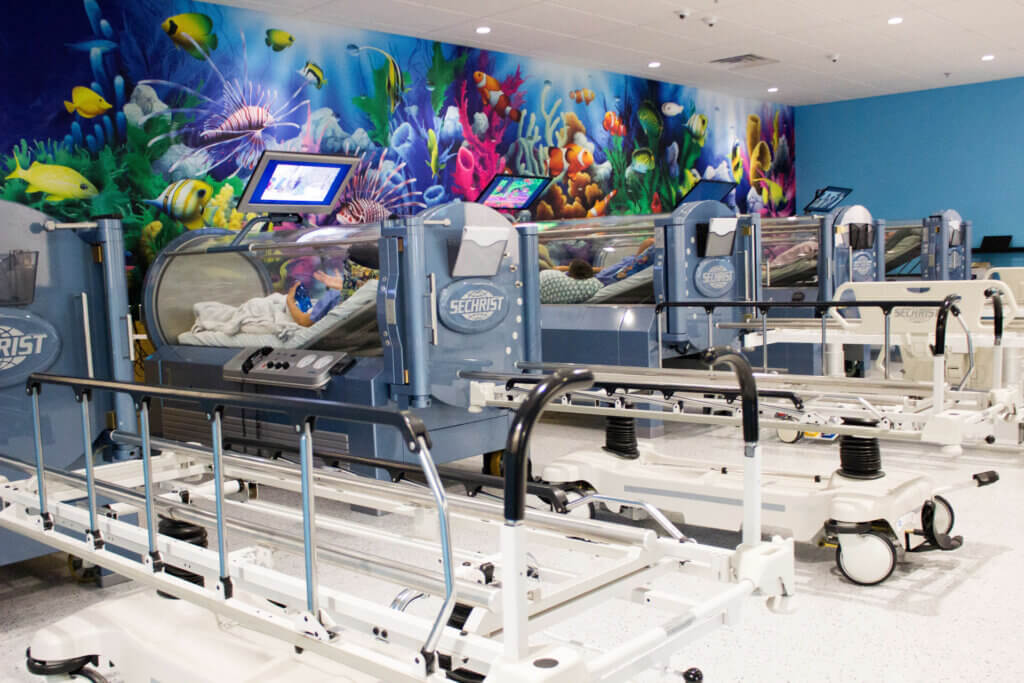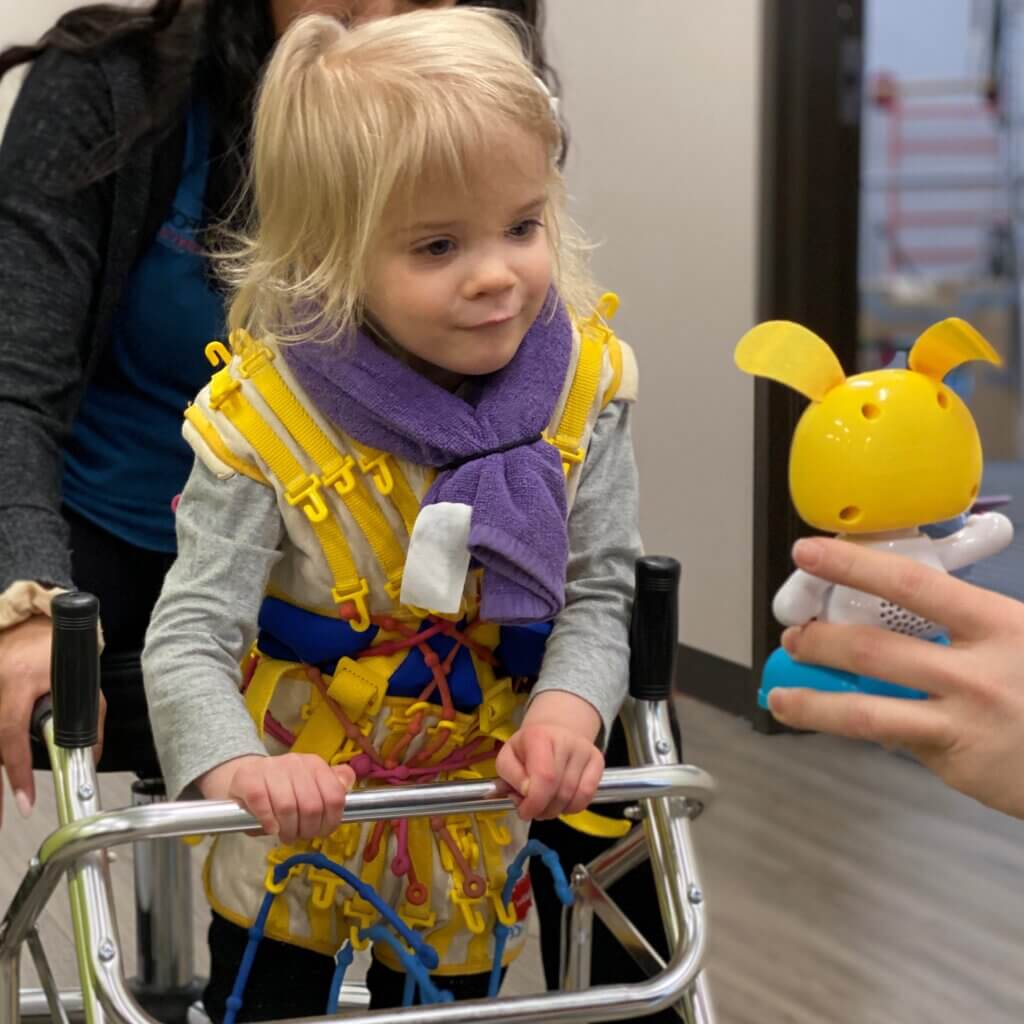Spasticity and Bone Deformation: Should you be looking out for it?
Many people are unfamiliar with the term’s spasticity and bone deformation. These are conditions that physical therapists are highly familiar with and are constantly on the lookout for in the patients they see every day. For the individual or parents, symptoms may not seem serious when they begin to appear, but these symptoms are very painful, disabling, disfiguring, and can be permanent unless it is addressed and corrected. Physical therapists know how important it is to recognize the signs of spasticity and bone deformation so steps can be taken to lessen the risk for bone deformation and/or spasticity but oftentimes, by the time a physical therapist sees a patient it may be too late to address the problem. That’s why it is important that others are aware of the signs and symptoms for spasticity and bone deformation so that they can take simple steps to correct the issue.
What is Spasticity?
Spasticity is a condition that includes abnormal muscle tone and/or stiffness in a child or adult. This can often take the form of a muscle(s) feeling very tight and/or appearing rigid so that the limb does not look or move as it typically would. This muscle tightness can lead to muscle spasms or difficulty controlling movements and can interfere with movement, speech, and can be attributed to discomfort or pain. Parents or individuals who are concerned they or their child may be experiencing spasticity can take these actions to check:
- Look for jerky or involuntary movements.
- Check if their muscles feel harder than usual and if there is resistance when you move their limbs.
- Watch for abnormal postures or positioning of limbs and/or joints.
- Look for clonus (an abnormal muscle reflex response that involves involuntary and rhythmic muscle contractions) by stretching their limb and watching for rhythmic movements.
- Check for exaggerated reflexes. Their muscles may twitch or contract in response to certain stimuli and/or minor stimuli.
Keep in mind that spasticity has a range of severity and someone with spasticity may not have all of these symptoms.
What Causes Spasticity?
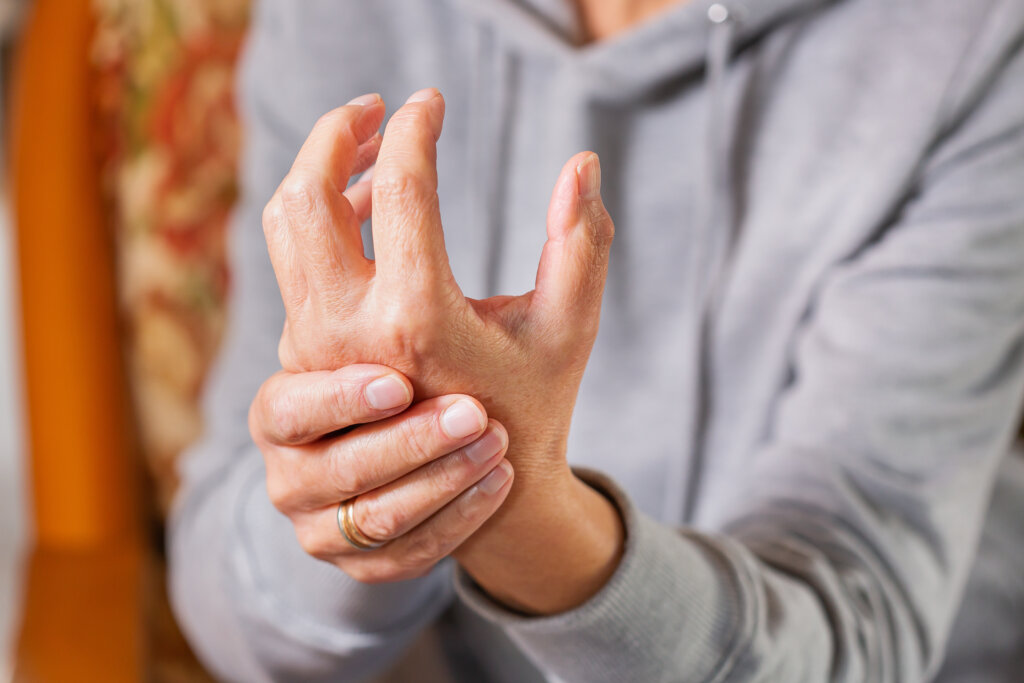
Many people have not and will not have to worry about spasticity. But those with certain conditions may be more at risk of suffering side effects that cause spasticity. In these individuals “normal”, voluntary movements require communication between the brain and corresponding muscles. In individuals with spasticity, that communication line is compromised and not functioning correctly. This malfunction in communication results in abnormal muscle tone, spasms, deformation, and/or rigidity. These can occur at varying levels of severity due to various conditions or injuries such as:
- Traumatic Brain Injury
- Stroke
- Multiple Sclerosis
- Cerebral Palsy
- Spinal Cord Injury
- Neurodegenerative Disorders
- Hereditary Spastic Paraplegia
- Metabolic Diseases
Individuals with these conditions are much more likely to encounter symptoms of spasticity.
What are the Dangers of Spasticity
Spasticity symptoms can be very painful, disabling, and disfiguring. These complications can make it very difficult to impossible for an individual to execute basic everyday tasks independently and as such, is often debilitating. If left unaddressed, spasticity can lead to permanent complications that include pain, frozen joints, and bone deformation. Several patients who never address symptoms may require multiple surgeries in order to reverse the damage done to their muscles, bones, and joints. For others, the damage done may be permanent. This is why it is important for individuals to recognize symptoms before it is too late to manage.
How To Address and Lessen the Risk for Bone Deformation and Spasticity
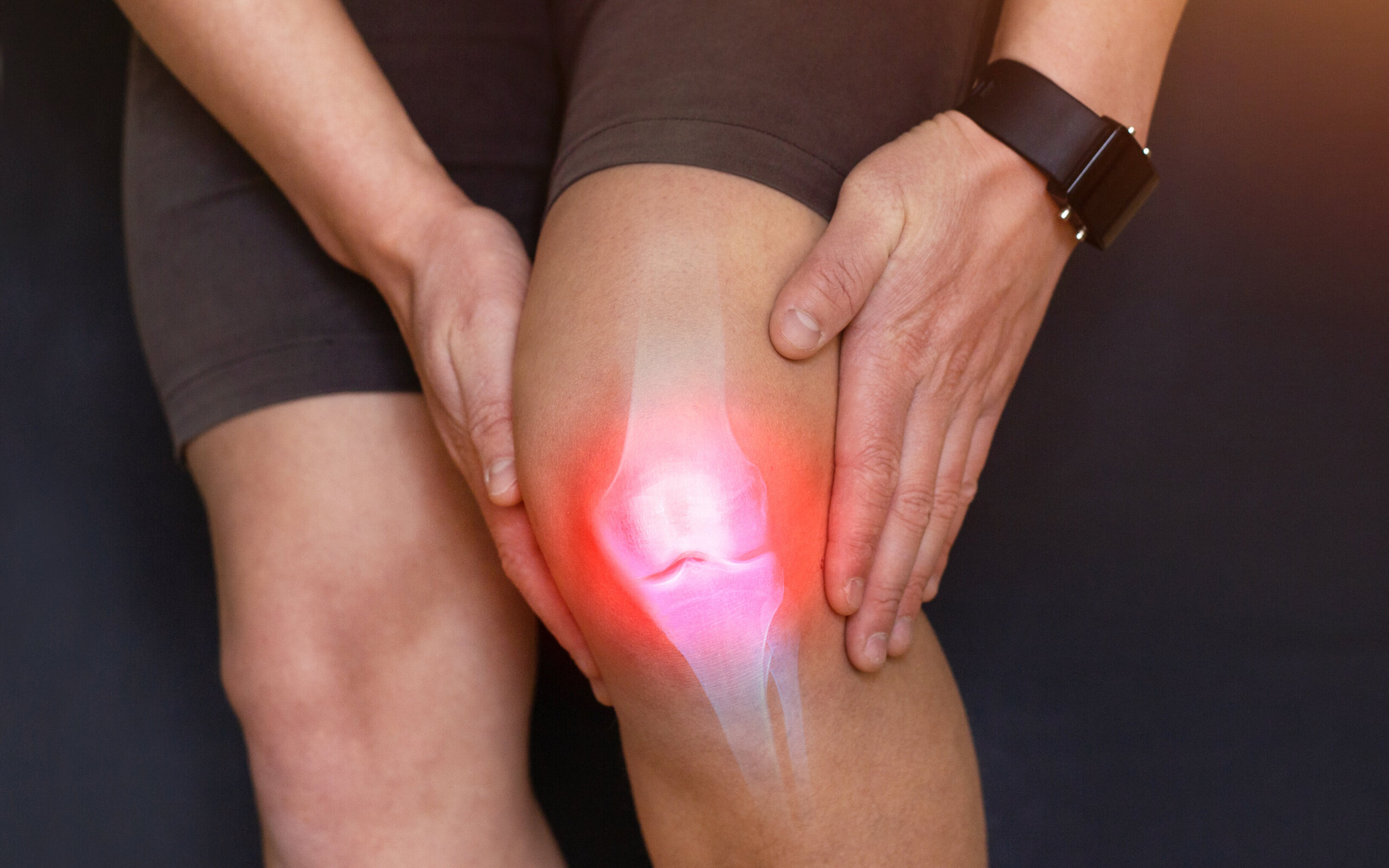
While complications of spasticity are very serious, if caught early enough simple exercises and stretches can help reduce spasticity and manage the long-term impact of. If you notice spasticity in yourself or a loved one, try these stretches and exercises:
- Stretching your calf on an incline board
- Aquatic exercises
- Cycling or treadmill
- Wall push-ups
If you are noticing signs of spasticity, it is important to contact your doctor or physical therapist in addition to the steps you can take at home. Professionals will be able to assess the symptoms, severity, and the best steps to take to address the concerns.
Conclusion
Spasticity and bone deformation can have significant implications for individuals’ quality of life if left unaddressed. By familiarizing yourself with the signs and symptoms associated with spasticity, individuals and their loved ones can take proactive steps to seek early intervention. Through a combination of exercises, professional guidance, and timely medical care, the impact of spasticity and bone deformation can be effectively managed, improving overall well-being and preventing long-term complications.
Physical Therapy at The Oxford Center
The Oxford Center is now offering a unique, insurance-covered approach to physical therapy for children and adults. These sessions focus on retraining the body and brain from a neurological standpoint compared to the traditional muscular approach, making your recovery long-lasting and improving your quality of life from start to finish.
Patients are trained to use muscles correctly, rather than compensating for muscle groups that are not functioning properly. Our physical therapy program seeks to address the root problem and help patients recover and improve function in their body.
Each patient is paired, one-to-one, with a Doctor of Physical Therapy or a Physical Therapy Assistant. Sessions work to eliminate pain, retrain the body, and recover from illnesses, injuries, or trauma.
